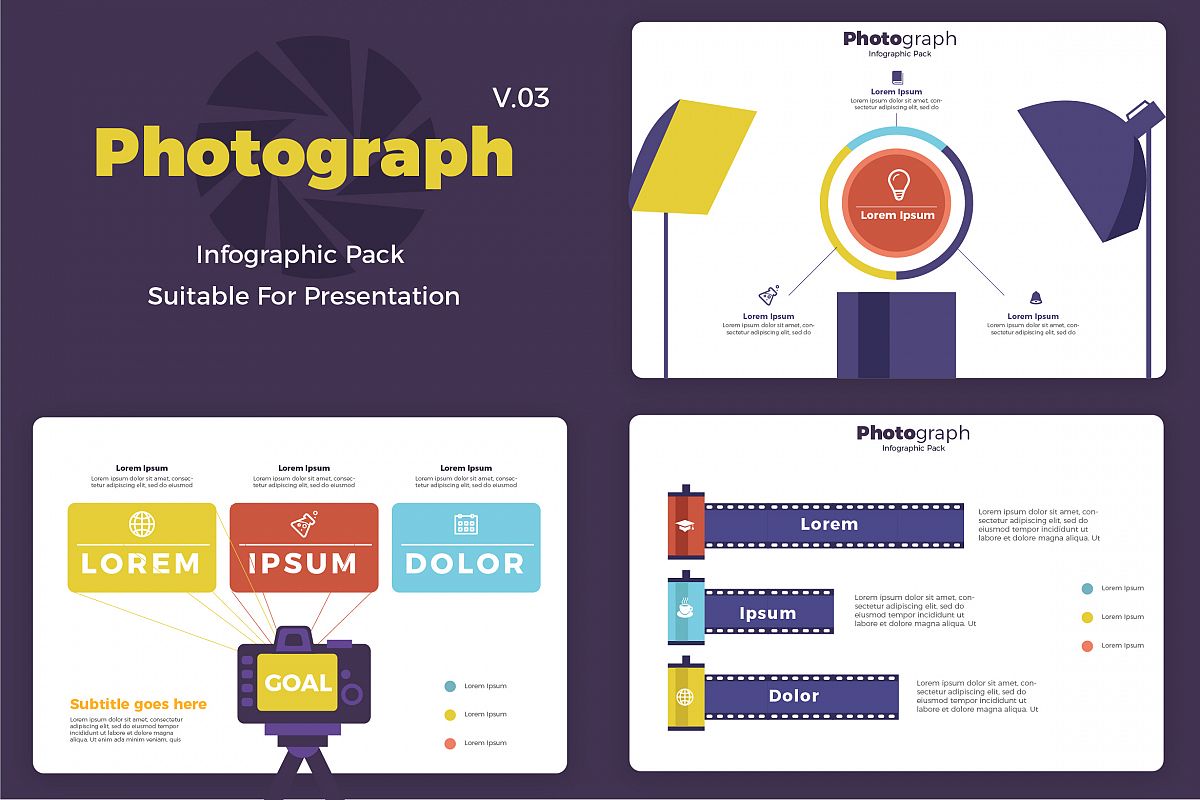What Every Digital Photographer Ought To Know About Lighting
What Every Digital Photographer Ought To Know About Lighting
Blog Article
Material Author-Hinson Riddle
As a digital photographer, you recognize that illumination can make or break your pictures. Recognizing Business photoshoot of both natural and artificial light is necessary for recording the state of mind and clarity you go for in your work. Whether you're going after the ideal gold hour radiance or fine-tuning your artificial arrangements, grasping these components can raise your photography significantly. Yet there prevail challenges that many ignore, and acknowledging them can transform your approach to every shoot. Allow's discover what you may be missing and how it can influence your results.
Understanding Natural Light
Understanding natural light is vital for any digital photographer aiming to improve their work. It's the foundation of excellent digital photography, affecting mood, tone, and clearness. When you shoot outdoors, pay attention to the moment of day. The gold hour-- shortly after daybreak and before sunset-- uses soft, warm light that can transform normal scenes into sensational photos.
Do not undervalue the power of cloudy days. Cloud cover diffuses sunshine, developing a soft, also light that's ideal for portraits and macro digital photography. You'll find shades appear this sort of lights without severe darkness.
Placing issues, as well. Always consider your topic's orientation to the source of light. If the sun's behind your subject, you may end up with a shape, which can be remarkable but mightn't be what you desire. On the other hand, straight sunshine can develop unflattering darkness.
Explore angles; in some cases, transforming your point of view can generate impressive outcomes. Use all-natural reflectors, like water or sand, to bounce light onto your subject, adding measurement.
Mastering Artificial Light
Understanding man-made light is necessary for photographers who wish to take their abilities to the next degree. Whether you're making use of speedlights, workshop strobes, or continuous lights, understanding just how to adjust these resources can drastically improve your photos.
Start by familiarizing yourself with the basics of light quality, direction, and color temperature. Experiment with different modifiers like softboxes, umbrellas, or grids to regulate the soft qualities or violence of the light.
You'll find that soft light typically creates complementary results, while harsher light can include dramatization and deepness. Do not avoid darkness; they can boost the three-dimensionality of your subjects.
Pay very close attention to the placement of your lights. A light located too near your topic can create uncomplimentary outcomes, while also far away can bring about an absence of information. Utilize a light meter or your electronic camera's pie chart to guarantee you're revealing appropriately.
Finally, remember that fabricated read review can be combined with ambient light for innovative impacts. Stabilizing these resources might take method, but once you understand it, your photography will absolutely shine.
Methods for Various Situations
When you step into different shooting scenarios, adjusting your illumination techniques is critical for capturing the most effective images. For exterior pictures, use the golden hour-- morning or late afternoon light-- to soften shadows and enhance skin tones.
If it's a harsh midday sun, consider using a reflector to jump light back onto your subject or seek shaded locations for a more also exposure.
In low-light circumstances, like indoor events, boost your ISO and make use of a wide aperture to allow in even more light. A tripod can help get rid of video camera shake, enabling longer direct exposures without blurring.
If you're shooting at evening, experiment with off-camera flash to develop dynamic illumination and depth in your pictures.
For item photography, make use of diffused illumination to prevent severe representations. Softboxes or light outdoors tents can help attain this impact.
When photographing landscapes, think about the direction of light and time of day, as it can dramatically alter the mood of your shot.
Constantly prepare to change your settings and positioning based on the scenario, as adaptability is vital to mastering lighting in digital photography.
Verdict
In conclusion, understanding lighting is vital to boosting your photography abilities. Embrace natural light's appeal throughout golden hour, and do not shy away from trying out artificial light techniques. By adapting your method to different circumstances, you'll capture stunning pictures that reverberate with emotion and quality. Keep in https://fstoppers.com/originals/how-photography-changed-my-life-my-story-becoming-photographer-230960 , the best lighting can change an average shot into something extraordinary, so keep exercising and improving your understanding of both all-natural and synthetic light. Satisfied shooting!
